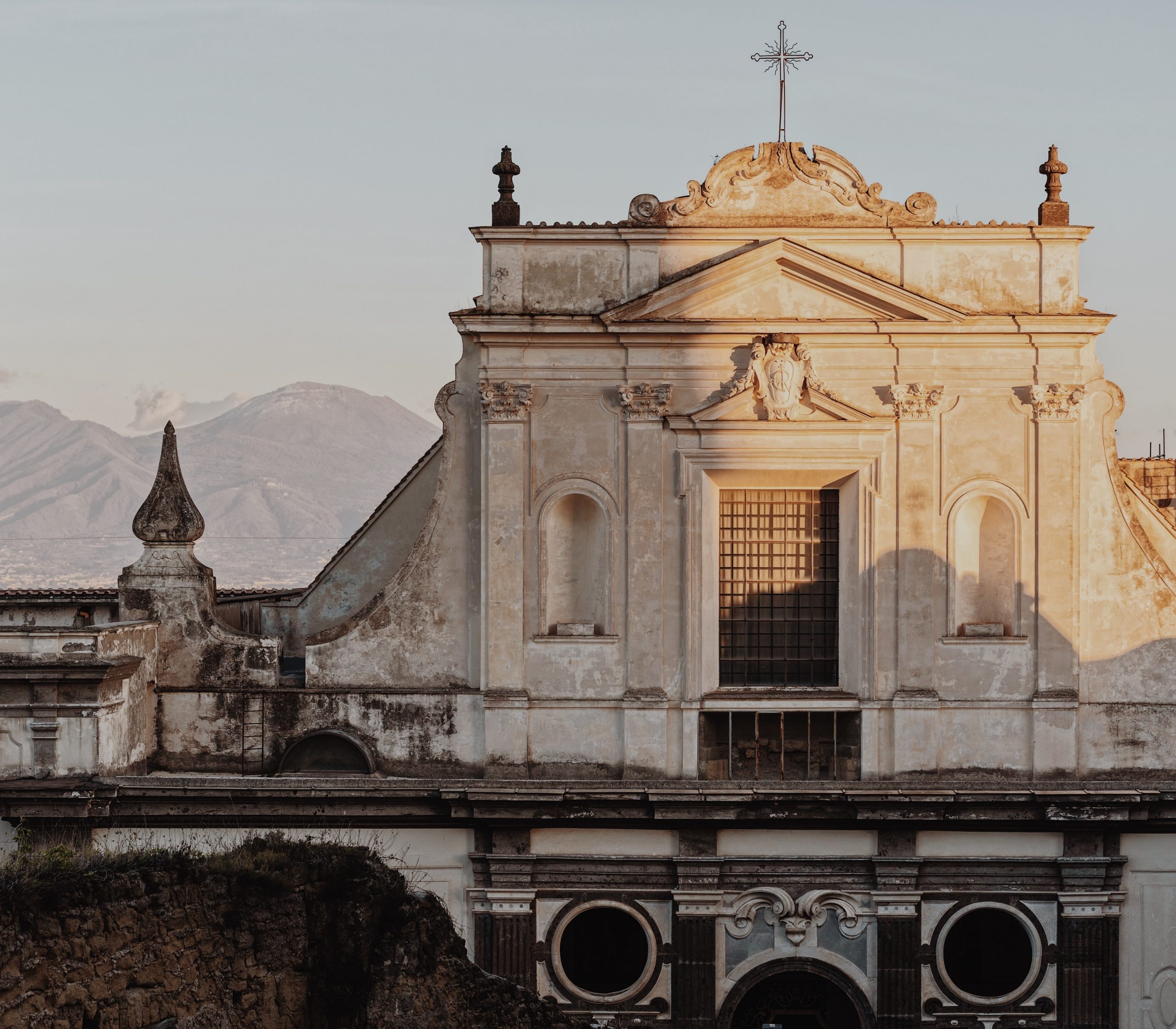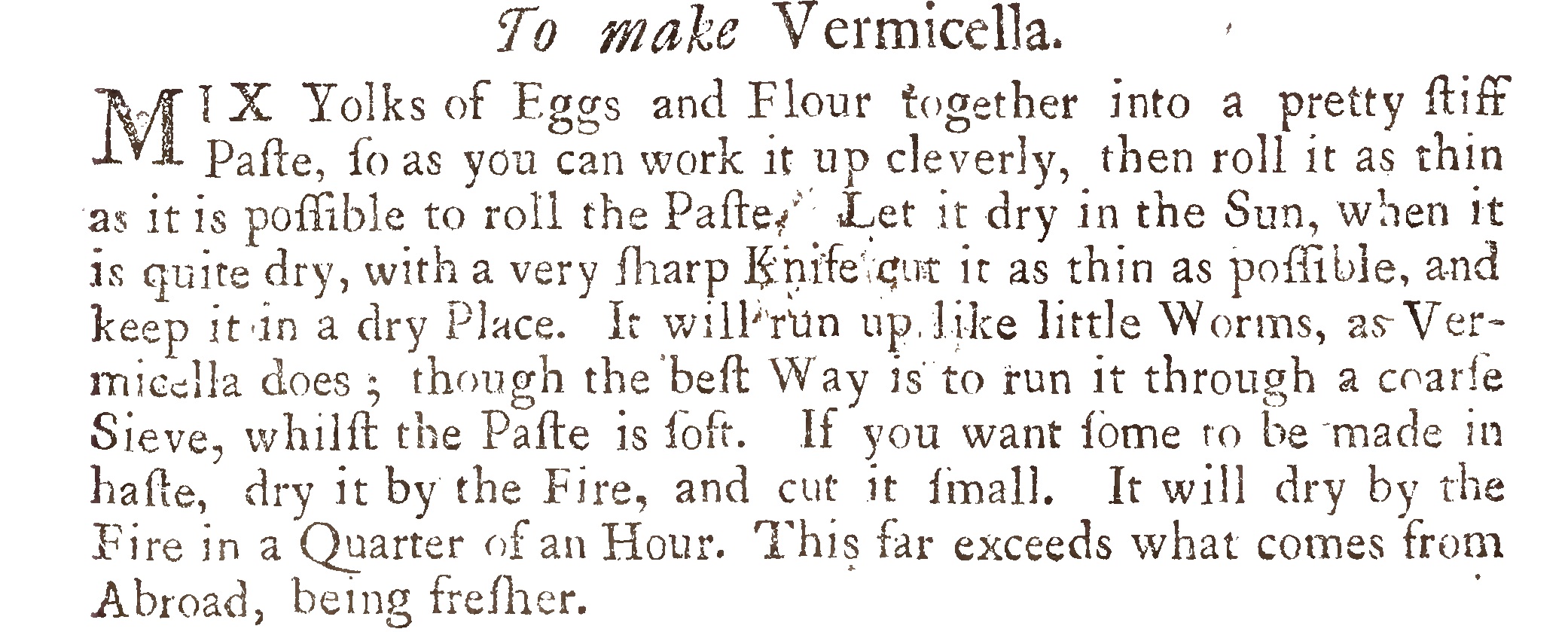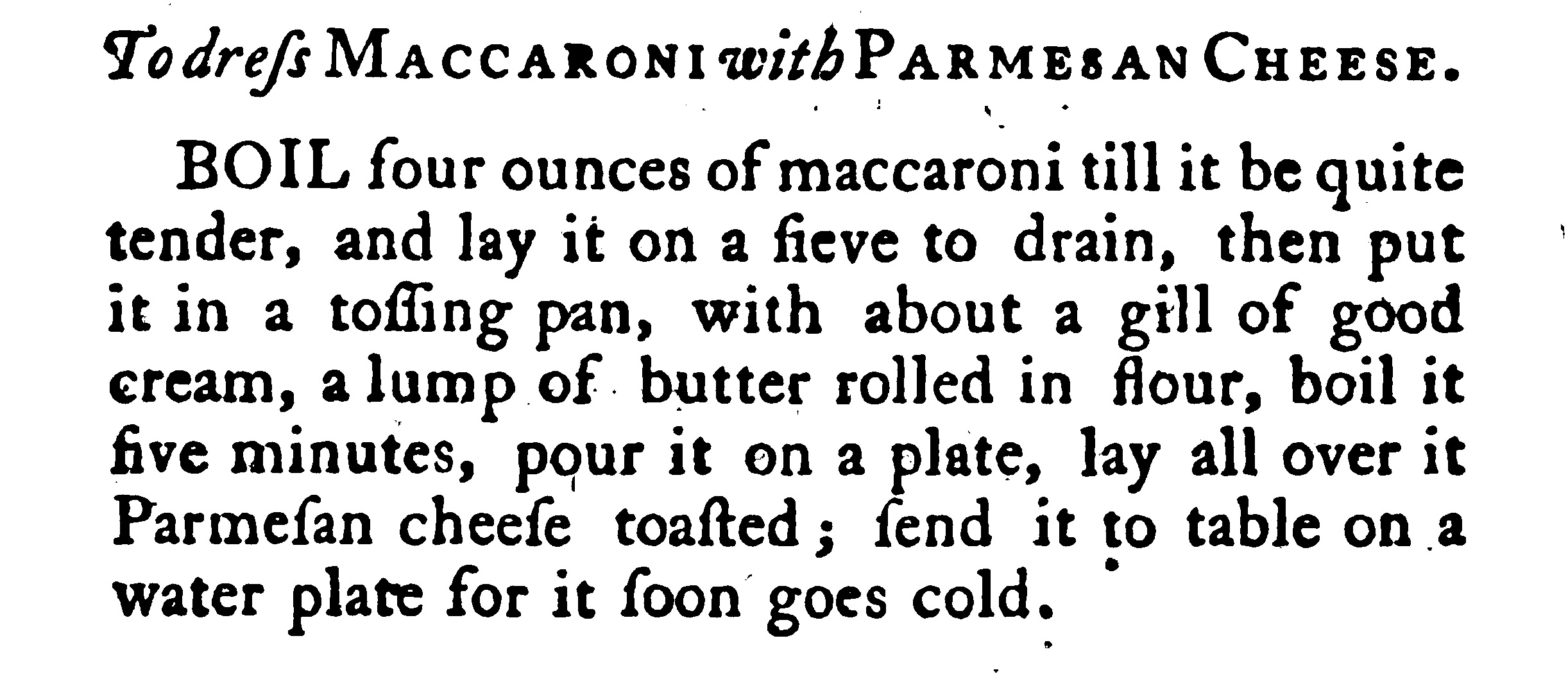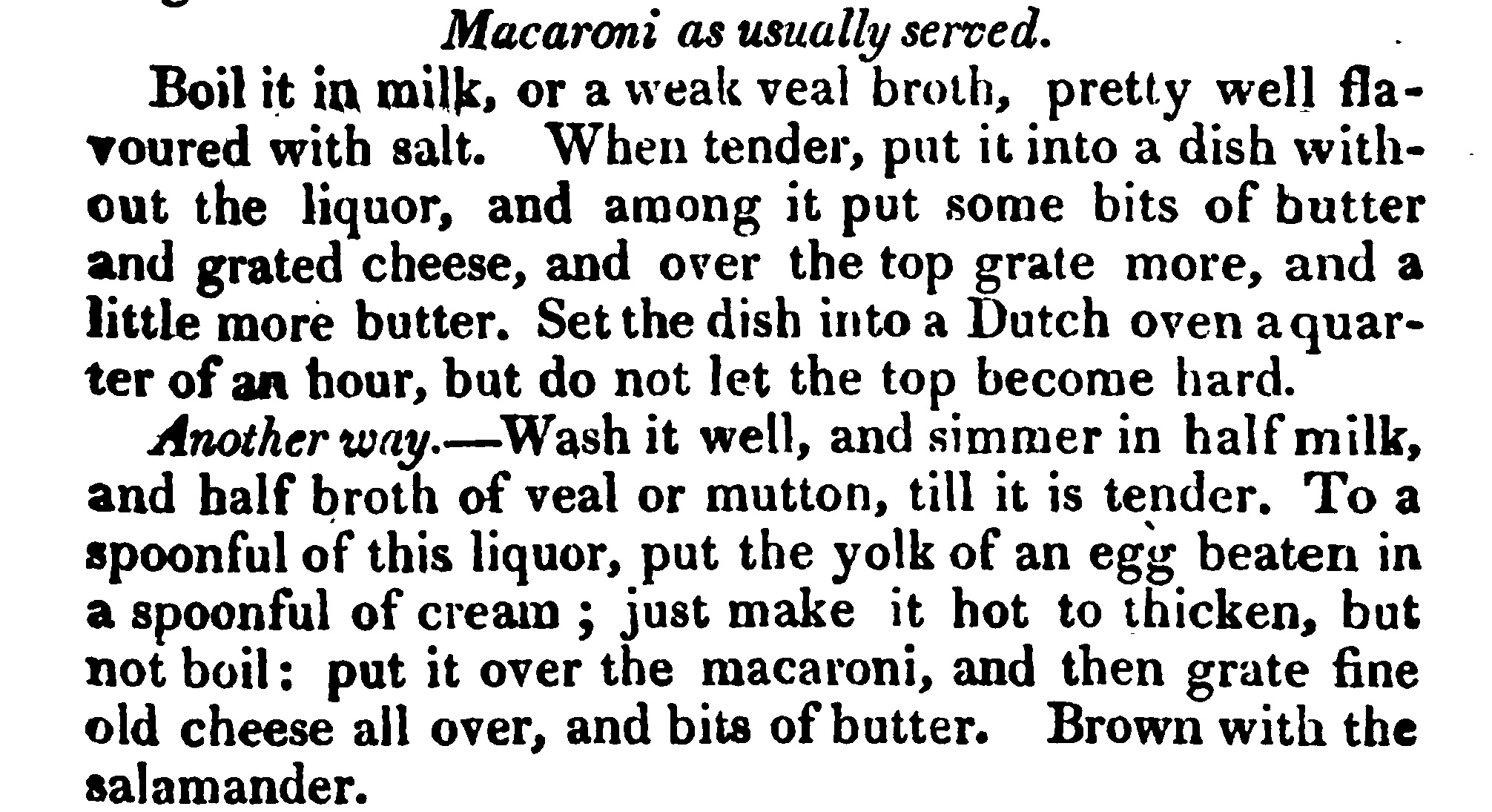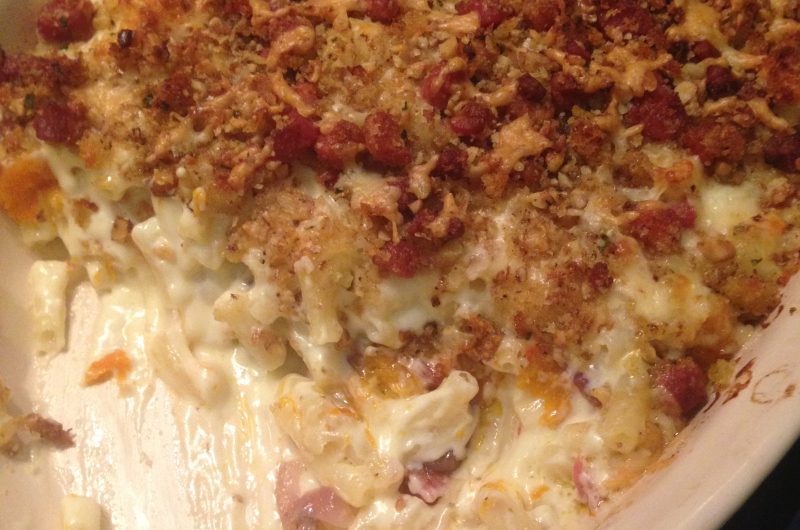In which we find out that some Cinderellas will stop at nothing to achieve happiness, sometimes stepsisters just go home in a temper and that macaroni cheese is older than you might think.
In which we find out that some Cinderellas will stop at nothing to achieve happiness, sometimes stepsisters just go home in a temper and that macaroni cheese is older than you might think.
This podcast also contains powerful fairies from Sardinia, ships that won’t go, feasts, six wicked stepsisters, two wicked stepmothers, a disappointing father, a mysterious date tree, golden gardening tools and a Cinderella with a darker side. It may also contain some disdain for Mrs Beeton.
The story that Cat Cinderella is based on can be found at Cenerentola in Stories from the Pentamerone by Giambattista Basile.
The recipe for the ultimate comfort food – Sweet Potato Macaroni Cheese with Sriracha Broccoli can be found on my website.
Here is more information about the Fairy Grotto on Sardinia.
A bonus story about Sardinian Fairies in case you fancy a short read.
Further reading and other resources mentioned in the podcast including historic recipes.
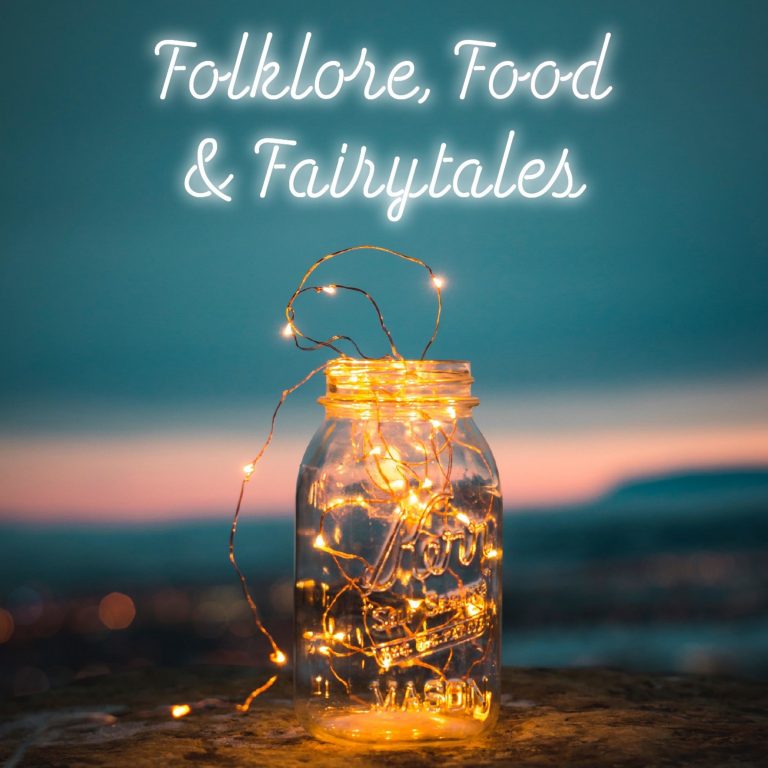
The Puzzles of Pentamerone
I expect that most of you will be familiar with this week’s story. Well certain parts of it anyway. Cenerentola is in simplistic terms, the Italian Cinderella. The version that I based this weeks story is from an English translation of Stories from the Pentamerone by Giambattista Basile. This is a collection of Italian folktales and was published long before the famous collections of French & German folktales. This Italian collection also contains variants of other stories you might recognise such as Puss in Boots, Rapunzel, Sleeping Beauty and Hansel & Gretel.
A Grimm Review
It is now considered to be one of the most influential literary fairy tale collections although it had faded into obscurity until praised by the Brothers Grimm:
“This collection was for a long time the best and richest that had been found by any nation. Not only were the traditions at that time more complete in themselves, but the author had a special talent for collecting them, and besides that an intimate knowledge of the dialect,”
Lost in Translation
The original was written in Neapolitan dialect and in this and other older translations lost a lot of nuance when it was translated into English. The translators also removed a lot of what they considered to be coarse and vulgar language. Stories from the Pentamerone was published posthumously by the author’s sister in two parts in 1634 and 1636. The collection of 50 stories is framed by a story within a story in a similar fashion to 1001 Nights but each story can be read individually. The original Neapolitan version also carried the subtitle Tale of Tales.
The Secret Ingredient is Crime
So back to Cenerentola, although as you may have noticed there are lot of similarities to what we now consider the definitive version; there are also some substantial differences. The Disney Cinderella which is modelled fairly closely on Charles Perrault’s 1697 version also seems to have been the version that influenced the Grimm brothers most strongly.
Cinderella is a fairly passive character which our Italian heroine is not. In fact in the original tale (I only found this out afterwards) she actually murders her first wicked stepmother because of her abuse before promoting her father’s marriage to her governess. You can see why the Victorians cut this one out. She also continually pricks her father with a pin until he agrees to marry her governess.
Cleverness Over Kindness
You might notice that this Cinderella is not noticeably kind even in the bowdlerised version but she does use all in her arsenal to change her status back by appealing to strong allies in the form of powerful fairies. Also notice that she doesn’t trust her father once he has changed towards her and uses her quick wits to bind him to compliance.
She could be considered one of the Trickster Cinderellas as most other early variants were. Her name changes in the original to Gatta Cenerentola when she descends to tending the hearth which actually translates as Cat Cinderella, named because she was as clever as a cat, hence this week’s title. She triumphs because she is clever enough to outwit her governess stepmother, her 6 (yes 6!) stepsisters and the King’s servant as well as lucky in her fairy allies.
Beauty & The King
The other traditional attribute of beauty is also lacking for much of the story. Zozolla, for that is our Cinderella’s name, seems more interested in making her step sisters envious with her glorious clothes and increasingly improving retinue. This motive is definitely ahead of using her beauty to attract the King, although that is still part of plan. Another missing item is the glass slipper, but the embroidered one here does have a magical link to Zozolla.
Fairies & Fate
The folklore in this variant of the story is concentrated on the powerful fairies and the magical date tree and its valuable tending tools. Let us discuss the fairy first out of respect. Italy has a long history of fairies know as fate (fées in French), a southern European version of the fairies of English and Celtic tradition, though a very distinctive one. Fate are usually regal and positively awe–inspiring. In fact, their appearance, particularly their otherworldly beauty, conveys the strength of their power.
The Fate in this tale, although unnamed, is clearly very powerful, she can stop a ship from sailing as well as provide an incredibly magical tree. Just as an aside, there really is a fairy grotto on Sardinia. It has many stalactites and stalagmites and is hidden behind a waterfall. It is enchanting and I have referenced this in the further reading below should you wish to visit when that sort of thing becomes possible again.
What is in a Date?
The tree is another matter, dates don’t have much folkloric significance in this tradition as far as I can discover and they are not common in Italy. The date palm is significant in myth and legend but more in the south of the mediterranean and the ancient Middle East. I think I may have to leave this area to people with more knowledge than I. In addition the valuable tending tools add something else to the story. Valuable tools to tend a tree/plant appear in another folk tale but although I have reread books and searched the internet at length I can’t find out what it is called. If you know please comment as I’m currently tearing my hair in frustration!
The only conclusion I can come to about the tree is that it is the forerunner of the tree in later variants of the tale. Those trees are usually the reincarnation of the mother of Cinderella and also provides what she needs. I don’t have any evidence though, its mostly guesswork so please feel free to tell me why I’m wrong on this.
Feasting
On that less than convincing note, lets leave Zozolla under the royal canopy with her king and no suggestion of a happy ending just the futility of going against fate. We will move on to the food in this tale. Italian folklore has a lot of food and has great possibilities for future episodes. In this tale the king provides a feast of ‘the most splendid provision was made of pies and pastries, and stews and ragouts, macaroni and sweetmeats—enough to feed a whole army.’
The Origins of Macaroni
I’ve decided to concentrate on macaroni, mostly because I can and I’m nominally in charge here and because I have the best ever recipe for macaroni & cheese. I know that the recipes have been a bit meat heavy recently so although this one does contain a touch of bacon you can definitely remove it for a delicious vegetarian dish.
If you can wait before rushing off to make macaroni cheese, any macaroni cheese now I’ve mentioned it I can give you a bit of history to digest with your meal. I know that many Americans consider it to be their own dish but sadly it history would suggest not. I will give you Kraft box Mac & Cheese though, that definitely is American, invented at the height of the Great Depression. Where should we start in our investigation, perhaps with the pasta itself and then discover when it was combined with cheese?
What does Macaroni Mean To You?
Macaroni itself has meant many things to many people over time. The International Pasta Organisation traces the word ‘macaroni’ to the Greeks, who established the colony of Neopolis (modern day Naples) between 2000 and 1000BC, and appropriated a local dish made from barley-flour pasta and water called macaria, possibly named after a Greek goddess. It isn’t what we would consider macaroni though and in early recipes it is described as more similar to modern lasagne than the small elbow have pasta we know.
One of the oldest medieval cookbooks Liber de Coquina dated around 1300BCE has a mention of recipe for sheets of pasta boiled then covered with grated cheese. (I hope you appreciate me dusting off my frankly terrible GCSE level Latin on your behalf). The oldest English Cookbook the Forme of Curry also contains a recipe called Macrows – essentially another sheet pasta recipe with butter and grated cheese.
‘Take and make a thynne foyle of dowh. and kerve it on peces, and cast hem on boillyng water & seeþ it wele. take chese and grate it and butter cast bynethen and above as losyns. and serue forth.’
Neopolitan: Not Just an Ice-Cream Flavour
However things get more familiar in The Neopolitan Recipe Collection from the 15th Century. An up to date translation gives the following instructions:
‘Sicilian Macaroni. Make a dough of the whitest flour, one egg white and rosewater – and should you be preparing two plates of it, put in only two or three egg yolks; make this dough quite tough, and make small round sticks of it a hand’s width in length and the thickness of a straw; and get a fine iron rod a hand’s width in length and the thickness of a cord, set it on a pastry stick and give them a roll with both hands on a table; then draw out the rod and you have the macaroni hollowed through the middle; these macaroni should dry in the sun and can be kept for two or three years; cook them in water or a good meat broth, and garnish them with grated cheese when you set them out on plates with fresh butter and mild spices. Boil them gently for an hour.’
That’s obviously longer than our current macaroni but is at least recognisable to our modern palate. Its difficult to know when it morphed from these longer hollow tubes to those we know today but the world’s first commercial production of macaroni – the short, hollow elbow – was not in Italy, but in Switzerland in 1872. A similar pasta was previously made domestically. Mrs Beeton raves about pipe macaroni in her Book of Household Management of 1861 so it must have been fairly familiar to your average English person although probably more similar to today’s bucatini.
Can the Person Who Owns the Macaroni Please Make Yourself Known
So we have some ideas about the history of macaroni as a pasta shape even though it generally means any pasta shape in many languages, now to the dish itself. I could be very bold and say that it definitely originated in England but I won’t as I don’t actually think that (unlike Wikipedia which cites Mrs Beeton). it probably developed independently in various north European countries who had access to a decent amount of dairy and the pasta. I imagine Switzerland or Austria could probably make a very good case.
However, I have managed to look at the dish as it developed through English culinary history. I considered investigating the Swiss/Austrian history but as always there are always more sources available online in English. Also, my German is terrible, strictly at the “where is the town hall?’ and “I would like a room with a shower and no bath’ level. I used to be much better but failed my A-Level due to the set text, ironically Grimm’s Fairy Tales in the original German. I can however make a fantastic Schwarzwälder Kirschtorte and my pronunciation of the words is spot on, so those six years weren’t completely wasted.
Mrs Beeton is Never a Definitive Source
Mrs Beeton was definitely not the first English cook to use macaroni or pasta or even make macaroni cheese no matter how she raves about it. Pasta appeared in early recipes mostly in the form of vermicelli. It was used as soup ingredient to add body and to make a baked pudding with butter, sugar, eggs and various sweet spices. Hannah Glasse has an excellent recipe for this in the 1751 edition of her book The Art of Cookery Made Plain and Easy and for the vermicelli itself. It is essentially the same as as standard pasta dough recipe from today together with the additional note that making itself is better than the stuff that comes from abroad (we didn’t get this insular all by ourselves you know, we have history).
Better Sources
As time went on macaroni started to appear in books in a similar capacity as vermicelli plus that of a savoury side dish with butter or cheese and sometimes richer egg based sauces topped with breadcrumbs. I’ll raise you Mrs Rundle’s A New System of Domestic Cookery from 1810 with 6 specific recipes including macaroni cheese plus several additional mentions against Mrs Beeton any day. Actually the first specific mention of ‘macaroni cheese’ in English was in, according to the OED, The Experienced English Housekeeper by Elizabeth Raffald in 1769.
No Conclusions To Be Found Here
So in conclusion, there isn’t one. About all you can say about macaroni cheese is that it probably didn’t come from Naples no matter what Alexandre Dumas says in his Grand Dictionaire de Cuisine. Naples is not known for its creamy pasta sauces and there no records of a hollow pasta shape being made there in the 15th Century. No-one is doubting they eat a lot of pasta in Naples even macaroni (as in our tale) but its unlikely to have been with a creamy sauce unless it was a sweet one with Byzantine flavours such as cinnamon or rosewater.
Take Comfort in Cheese
So you’ll just have to get over the disappointment of my lack of conclusions by making and eating my macaroni cheese. Its wonderful but this is not a quick recipe, if you want a quick but still very tasty recipe then head over to Serious Eats for their 3 ingredient stovetop recipe but use mature cheddar not mild please.
My recipe is a project recipe for a miserable, cold rainy November day when you have time and don’t want to leave the house. Its essentially a giant, cheesey embrace of a meal that has the added bonus of vegetables and should be eaten curled up on the sofa dressed in pyjamas with your favourite film on the telly. It goes as well with a giant mug of tea as it does with a glass of wine, so go with whatever floats your boat.
Sweet Potato Macaroni Cheese & Sriracha Broccoli
4
servings1
hour30
minutesIngredients
- Macaroni Cheese Mixture
250g dried macaroni
3 tblsp soft butter
30g flour
350ml milk
225ml double cream
360g mature cheddar, grated
- Sweet Potato or Butternut Squash Mixture
1 medium butternut squash or 3 medium sweet potatoes, peeled and seeds removed and cut into 1 inch chunks
2 medium red onions, peeled and cut into 6 wedges each
Olive Oil, enough to coat the sweet potatoes and onions
Salt and pepper
- Crumb
100g breadcrumbs
80g of cubed pancetta (optional)
1 tblsp Olive oil
1 tblsp soft butter (only if not using pancetta)
5 sage leaves chopped finely
1 handful walnuts, finely chopped or crushed finely in pestle & mortar
- Sriracha Broccoli
1 head of broccoli
2 tblsp Sriracha
1 tblsp thick sweet soy sauce
2 tblsp olive oil
1 clove garlic grated
Directions
- Preheat oven to 220 degrees C
- Sweet Potato or Butternut Squash
- Toss sweet potato or butternut squash chunks and red onion wedges with oil and salt and pepper
- Bake mixture in oven for 45 minutes and remove from oven
- Turn oven down to 190 degrees C
- Macaroni Cheese
- Cook macaroni according to packet directions until al dente
- While macaroni is cooking mix together cream and milk
- Melt butter in a small sauce pan over a low heat until melted then add flour
- Stir gently for 3 minutes until flour is cooked out in the butter
- Then add milk/cream mixture gradually, stirring constantly until the mixture thickens
- Take off the heat and add 2/3 of the cheese mixture (240g)
- When the cheese has melted in the sauce add the cooked macaroni
- Put half of the mixture in the bottom of a large baking dish, sprinkle half the remaining cheese over it
- Add the cooked sweet potato & onion mixture then the rest of the macaroni cheese mixture.
- Crumb
- If using pancetta, add to a small frying pan with olive oil and fry until the pancetta is crisp and the fat is melted
- If not using pancetta, add oil and butter to the frying pan and heat until the butter is foaming
- Add breadcrumbs to the pan and fry until just crisp and golden coloured.
- Stir in sage leaves and breadcrumbs and then remove from heat.
- Finish Dish
- Cover macaroni cheese mixture with crumb mixture and sprinkle the remaining cheese over the top.
- Bake in 190 degree C oven for 25 – 30 minutes
- Sriracha Broccoli
- Cut broccoli into florets
- Crush garlic and mix with all the remaining ingredients and then use to coat broccoli
- Bake in 190 degree oven for 20-25 minutes or until broccoli is tender
Further Reading
Stories from the Pentamerone by Giambattista Basile
https://en.wikipedia.org/wiki/Pentamerone
https://owlcation.com/humanities/Pentamerone
From Court to Forest: Giambattista Basile’s Lo cunto de li cunti and the Birth of the Literary Fairy Tale
Nancy L Canepa 1999
https://www.sardegnaturismo.it/en/explore/janas
https://sardinianarts.com/the-fairies-who-taught-women-to-weave/
Liber de Coquina
The Forme of Cury
The Neopolitan Recipe Collection
The art of cookery, made plain and easy; which far exceeds any thing of the kind ever yet published – Hannah Glasse
A New System of Domestic Cookery by a Lady – 1810 (Maria Rundle)
https://www.oed.com/view/Entry/111762?redirectedFrom=macaroni+cheese#eid38454749
The Experienced English Housekeeper – Elizabeth Raffald
https://www.seriouseats.com/recipes/2017/01/3-ingredient-stovetop-mac-and-cheese-recipe.html
You can also read more about me here, should you be so inclined
Featured Image Credit: Photo by Pier Luigi Valente on Unsplash

